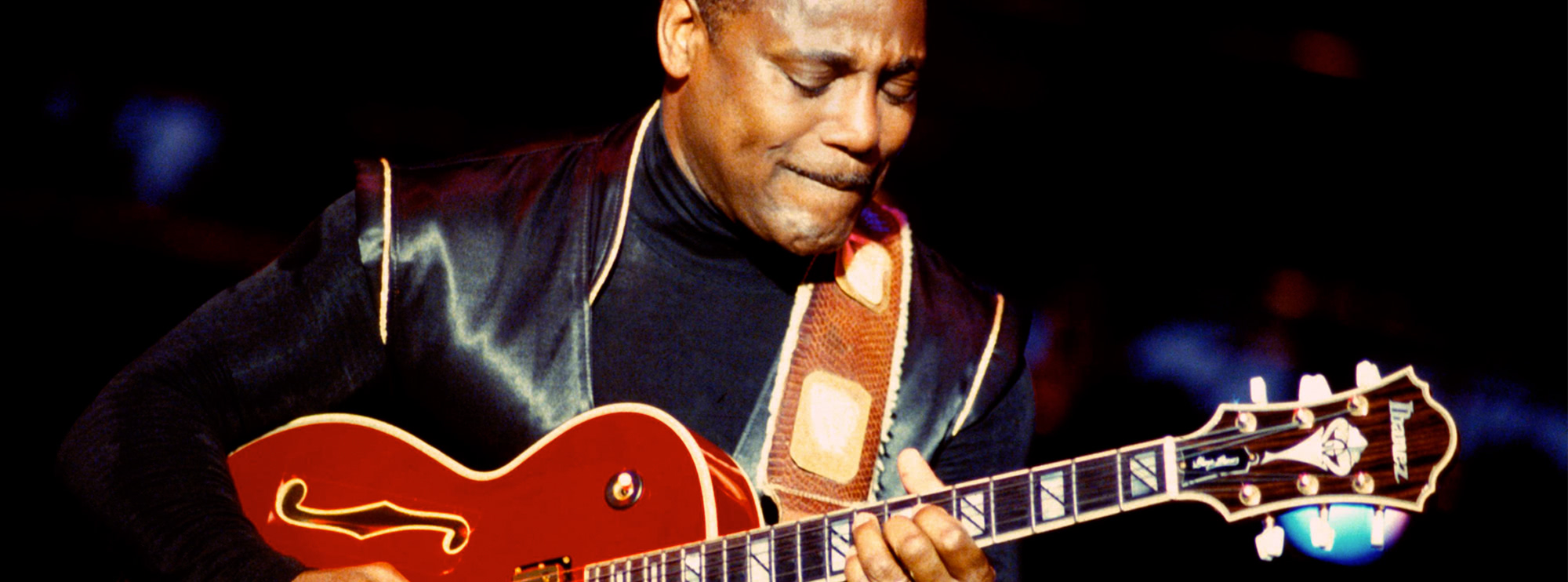Tom Sawyer by Rush - Note-for-Note Guitar Lesson
Our Tom Sawyer by Rush guitar lesson on LickLibrary.com offers a note-for-note breakdown of one of Rush’s most iconic songs. This lesson dives into Alex Lifeson’s intricate guitar parts, covering techniques essential to Tom Sawyer, including hammer-ons, arpeggiated chord progressions, barre chords, and string bending. With each technique carefully explained and demonstrated, this lesson is designed to help guitarists of all levels capture Lifeson’s dynamic sound and enhance their technical skills. This lesson is taught by Sam Bell.
Technique Breakdown
Hammer-Ons
Hammer-ons are a key technique in Tom Sawyer, allowing Lifeson to execute fast, fluid note transitions. A hammer-on involves pressing down on a fret to sound a note without picking it, creating a smoother, more legato effect. This technique is often used to add speed and fluidity to melodic phrases, allowing guitarists to play more intricate lines without increasing picking motion.
Learning hammer-ons is essential for building finger strength, dexterity, and accuracy. Mastering this technique enables guitarists to add expressive, seamless transitions to their playing, making it particularly useful in solos and melodic lines where speed and fluidity are desired.
Arpeggiated Chord Progressions
Arpeggiated chord progressions play a significant role in Tom Sawyer, as Lifeson skillfully picks through chords to create an engaging, melodic backdrop. Arpeggiating a chord involves picking individual notes of the chord in sequence rather than strumming all notes together. This technique adds a textured, layered feel that contributes to the song’s rich, dynamic sound.
For guitarists, learning arpeggiated progressions improves finger independence, accuracy, and rhythm. Practicing this technique builds the skills necessary for creating complex, melodic accompaniments, enabling players to add sophistication to both their rhythm and lead parts.
Barre Chords
Barre chords are a foundational element in Tom Sawyer, providing stability and fullness to the song’s chordal structure. Barre chords are created by pressing down multiple strings with one finger, allowing for a movable chord shape across the fretboard. In Tom Sawyer, Lifeson uses barre chords to create rhythmic depth, adding body to the verses and choruses.
Practicing barre chords is invaluable for building finger strength and flexibility. This skill allows guitarists to play chords in any key, increasing their chordal vocabulary and making it easier to transition smoothly across the fretboard. Barre chords are a staple in rock, and mastering them gives players the ability to approach a wide variety of songs with confidence.
String Bending
String bending adds an expressive element to Lifeson’s lead parts in Tom Sawyer, giving his solos a vocal-like, emotive quality. Bending a string involves pushing it across the fretboard to raise its pitch, which can add tension and drama to a phrase. In this track, Lifeson uses bends to enhance his melodies, creating a sense of movement and energy.
Learning string bending is crucial for adding emotional depth to your playing, as it allows you to create smoother, more expressive sounds. Mastering this technique also strengthens finger control, giving guitarists the freedom to craft nuanced, dynamic solos that stand out in any performance.
About Alex Lifeson and His Influence
Alex Lifeson, Rush’s legendary guitarist, is celebrated for his unique blend of technical prowess and musical creativity. In Tom Sawyer, Lifeson delivers a mix of powerful riffs, rhythmic precision, and melodic leads that have inspired generations of rock and progressive musicians. Lifeson’s guitar work on this track exemplifies his ability to blend harmonics, bending, and fluid chord progressions into a cohesive and unforgettable sound. Learning Tom Sawyer offers valuable insights into Lifeson’s innovative style, helping guitarists develop skills applicable to a wide range of genres and songs.
Guitar Techniques in Tom Sawyer by Rush
About The Tutor
Tutor Profile
Sam Bell
Sam Bell has been playing guitar from the age of 4, since then he has played many styles from Funky Blues to screaming Metal/Fusion on 8 string guitar. A member of UK tech metal band ‘Mask of Judas’, he is also currently writing his own solo instrumental album. He also...



